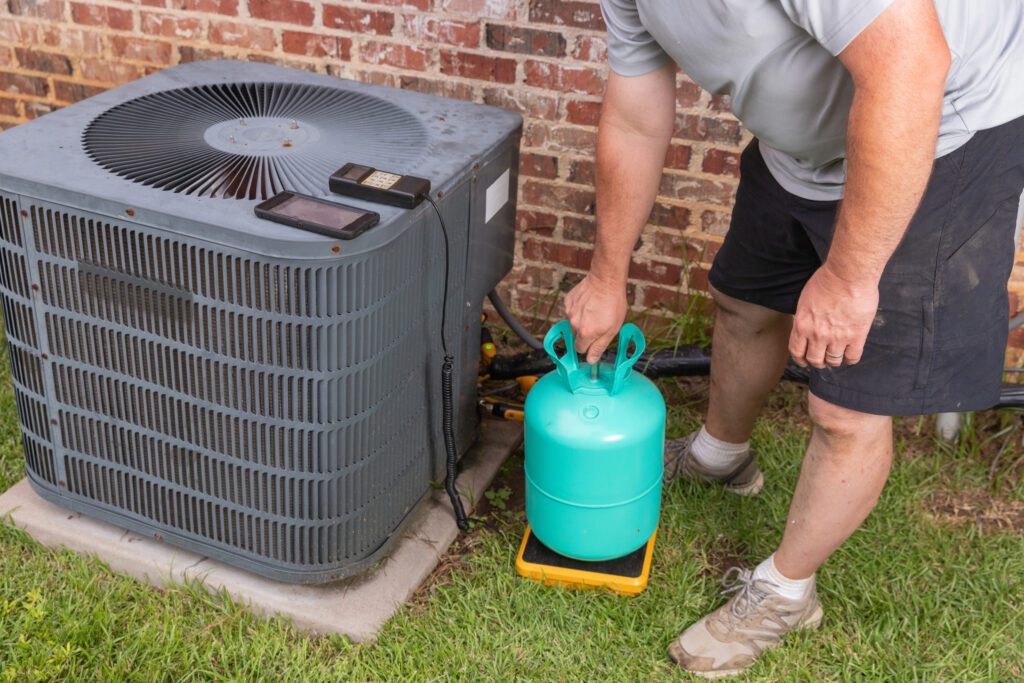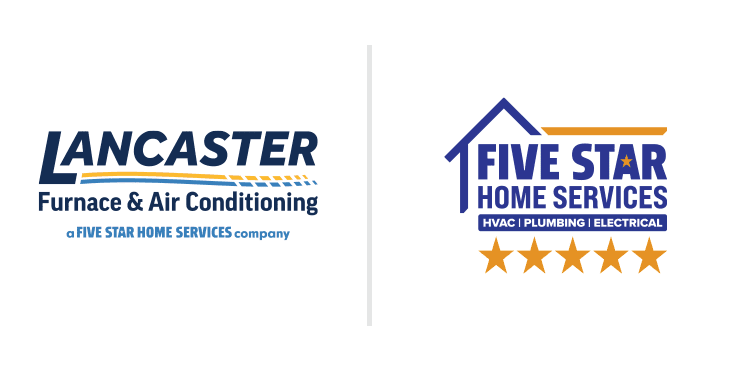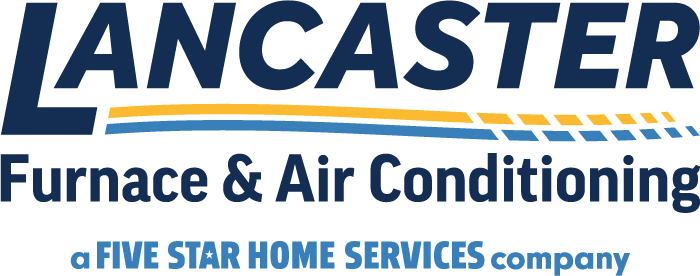With growing global emphasis on tackling climate change and promoting environmental sustainability, industries across the board are reassessing their practices to comply with stringent environmental policies. In the HVAC industry, refrigerants have become a hot topic, and R-410A finds itself at the center of this conversation. Understanding the potential phase-out of R-410A is critical for homeowners, so let’s dive into the details so you can stay informed!

The Importance of Refrigerants in HVAC Systems
Refrigerants are crucial components in air conditioning and heat pump devices, responsible for absorbing and expelling heat to cool or warm spaces effectively. Over time, the HVAC industry has evolved through various refrigerant types, each aiming to strike a better balance between performance and environmental impact.
R-410A, a type of hydrofluorocarbon (HFC), emerged as an ecologically safer alternative to older chlorofluorocarbon (CFC) and hydrochlorofluorocarbon (HCFC) products, both notorious for damaging the ozone layer. However, R-410A’s significant global warming potential (GWP) has led regulators to contemplate its eventual discontinuation.
The Drive for Environmentally Friendly Solutions
The movement to reduce reliance on R-410A and other HFCs stems from international accords and regulatory efforts aimed at curtailing greenhouse gas emissions. The Kigali Amendment to the Montreal Protocol, adopted in 2016, is one such initiative established to phase out high-GWP HFCs. Developed nations, including the U.S. and European regions, are tasked with slashing HFC use to between 15% and 25% of baseline figures by the mid-2030s.
The Timeline for Phasing Out R-410A
Although R-410A’s phase-out is certain, the exact timeline remains pivotal. While a complete ban in 2025 is not confirmed, key measures to curb R-410A use are already underway:
- Regulatory Developments: Countries are implementing stricter regulations governing the production and import of R-410A. For instance, the European Union operates under the F-Gas Regulation, and the U.S. Environmental Protection Agency (EPA) has laid out phasedown plans.
- Industry Innovation: The HVAC industry is rapidly adapting to these regulatory demands by pursuing refrigerants with reduced GWP. Alternatives like R-32, R-454B, and R-466A are rising in popularity for new installations.
- Market Evolution: As regulatory environments change, manufacturers are increasingly shifting to these newer refrigerants. This transition is reshaping the market, focusing on producing and updating systems compatible with low-GWP refrigerants.
Alternatives to Consider
- R-32: With a GWP half that of R-410A and better energy efficiency, R-32 is a leading contender, gaining traction in regions with stringent climate policies.
- R-454B: Touted as a well-rounded alternative, R-454B offers a lower GWP and operates under similar pressure, facilitating a smoother transition for manufacturers and users alike.
- R-466A (Solstice N41): Known for its safety and effectiveness, R-466A stands out. Its non-flammable nature adds to its appeal, offering a safety advantage over some options.
Implications of a Phase-Out
For Manufacturers
Manufacturers are pivotal in this shift, tasked with the research, design, and production of systems that use eco-friendly refrigerants. This transition requires substantial investment in research and development as well as updates to manufacturing processes for new technologies.
For Consumers
Consumers might experience both short-term and long-term effects due to the phase-out. Initially, there may be increased costs for systems and services as the market transitions to new technology. In the long run, however, these advancements could translate to greater efficiency and reduced energy costs, ultimately leading to lower utility bills for consumers.
For the Environment
The shift away from high-GWP refrigerants like R-410A is expected to yield significant environmental benefits. By adopting refrigerants with smaller carbon footprints, the HVAC industry is contributing to global efforts to mitigate climate change, aligning with the broader aim of reducing greenhouse gas emissions.

As the HVAC field continues to transform in response to environmental challenges, the phase-out of R-410A symbolizes a crucial move towards more sustainable industry practices. Although 2025 is not the definitive cut-off, efforts to reduce R-410A usage reflect our commitment to aligning with broader environmental objectives and creating a healthier planet for future generations. If you have any more questions about your HVAC system’s refrigerant or suspect your own system is due for a refrigerant refill, also known as a “recharge,” please don’t hesitate to contact us. We’ll get you squared away!
And make Lancaster Furnace & Air Conditioning at your service to help navigate these changes. Feel free to call us at (740) 625-2320 or schedule an appointment online now by clicking here!
More HVAC Refrigerant Information
Our goal is always to keep you informed as best as we can. Learn more about the role of HVAC refrigerants and their role here!













